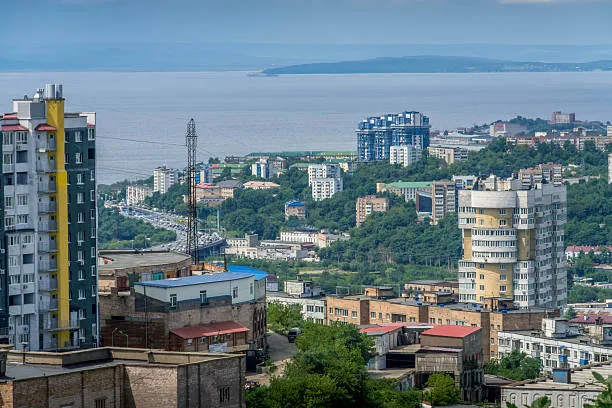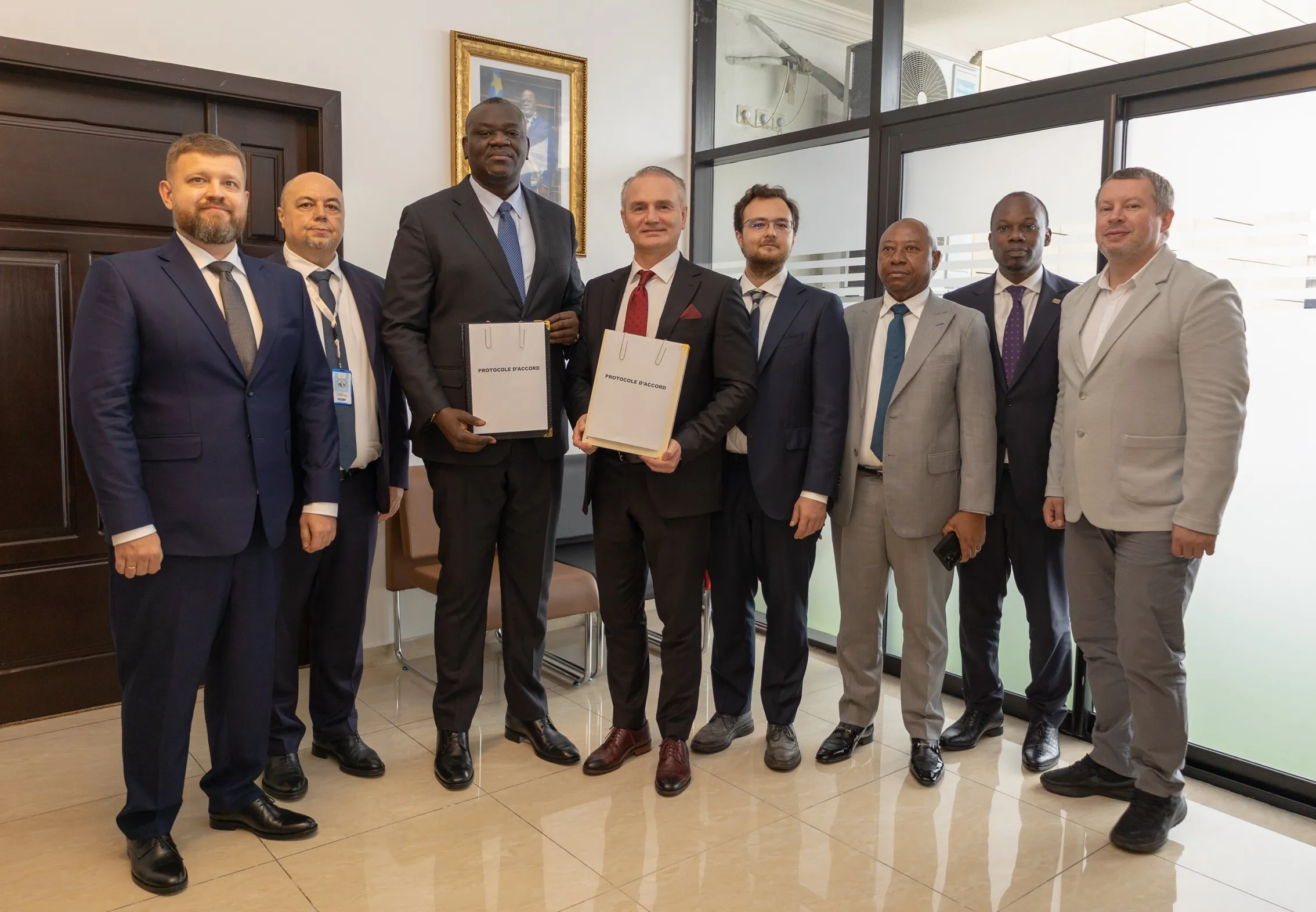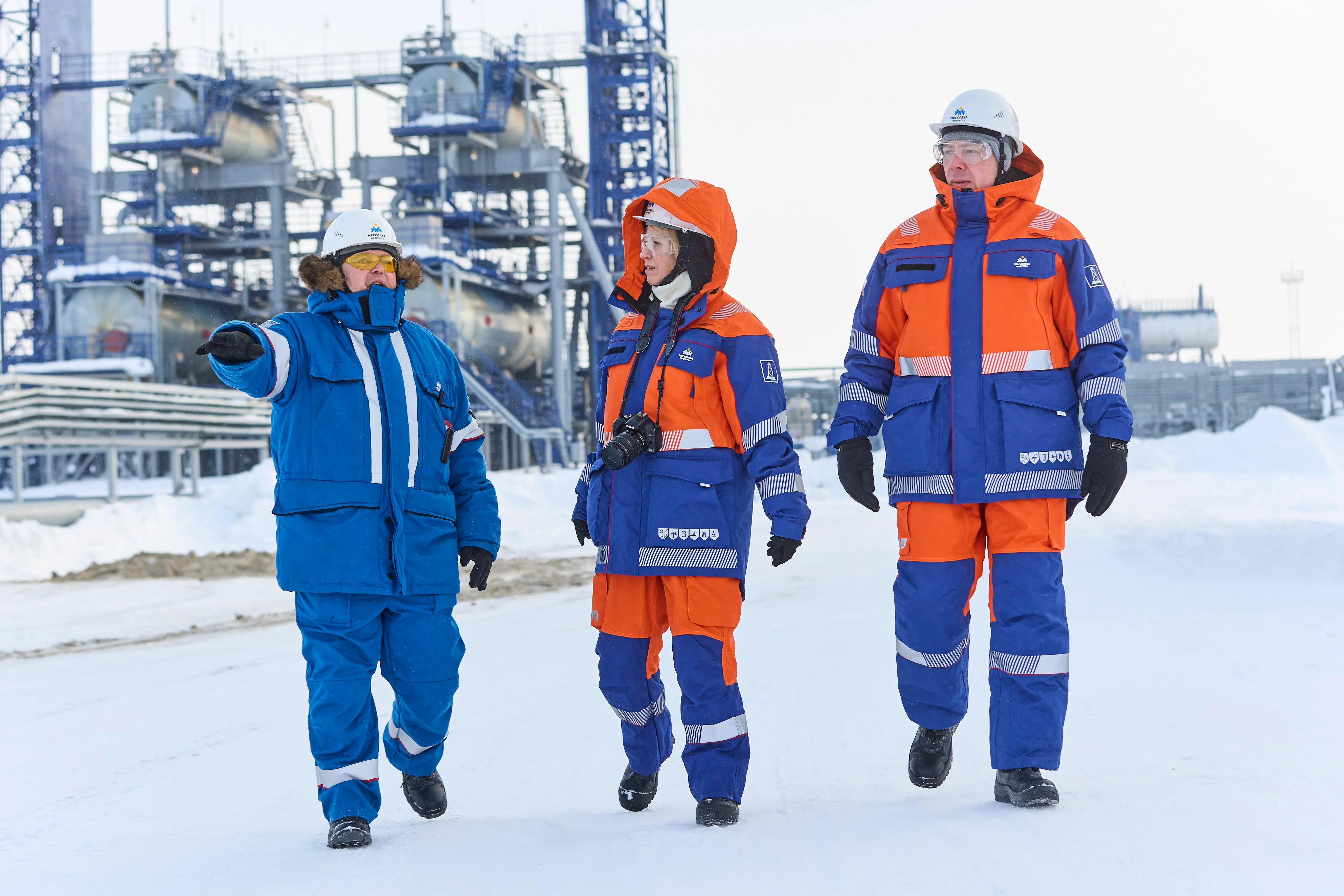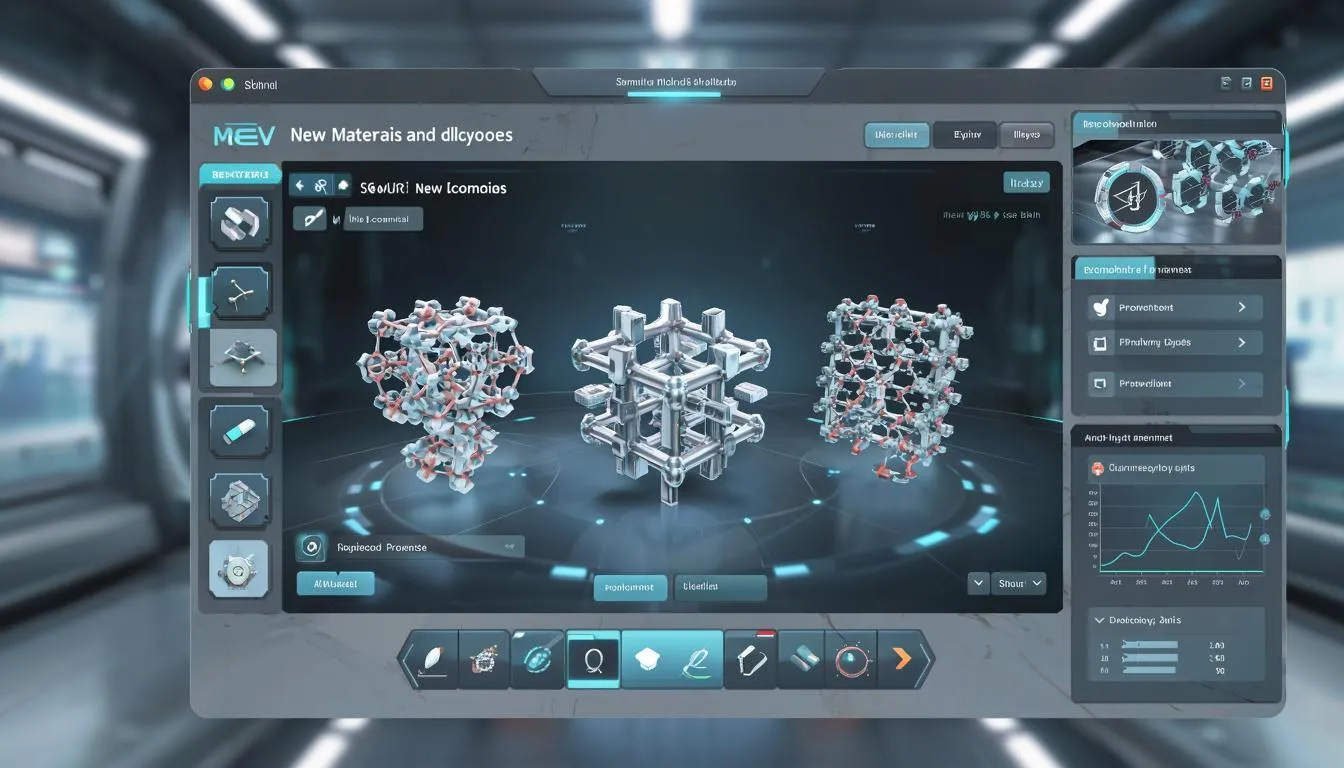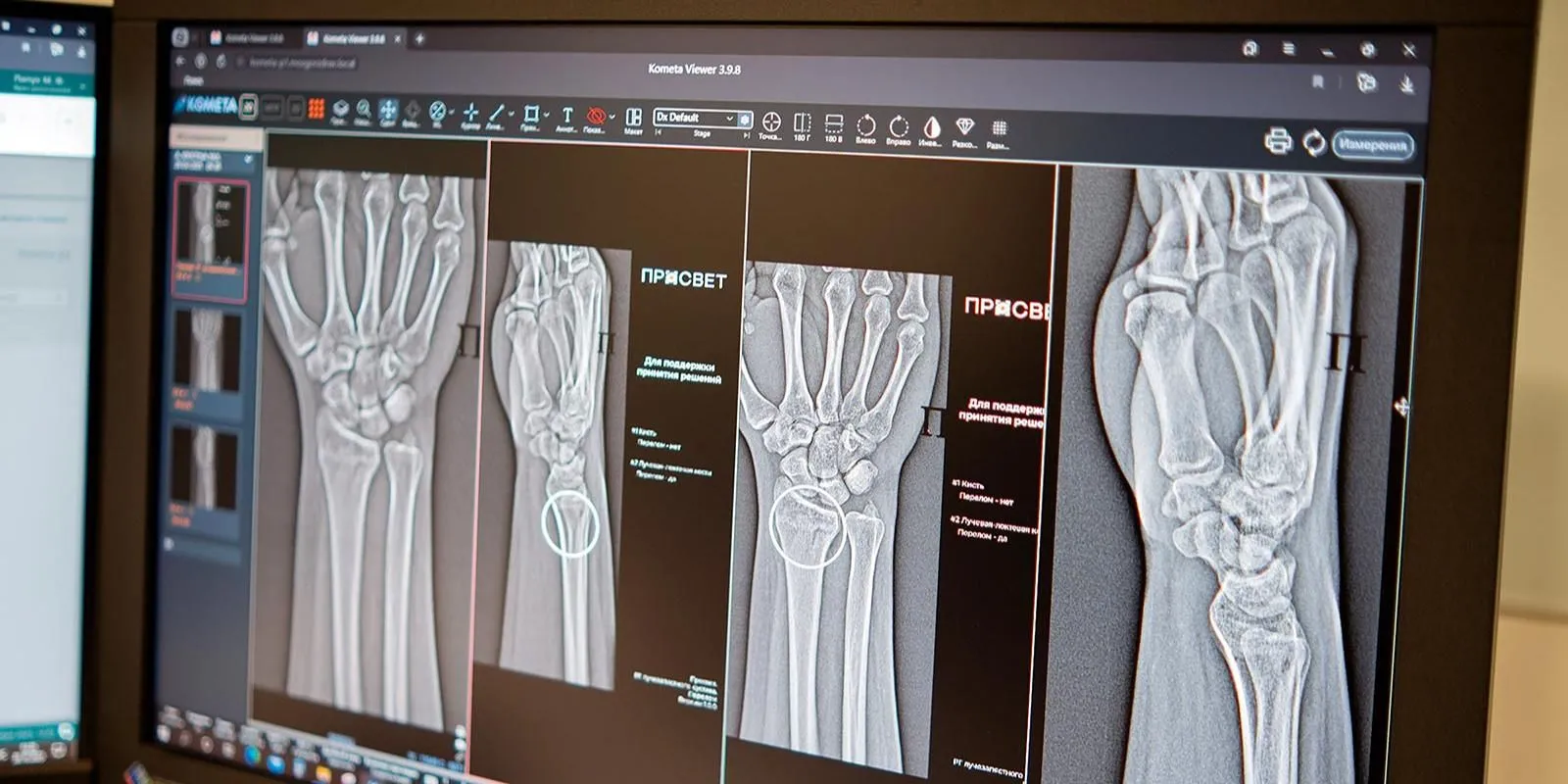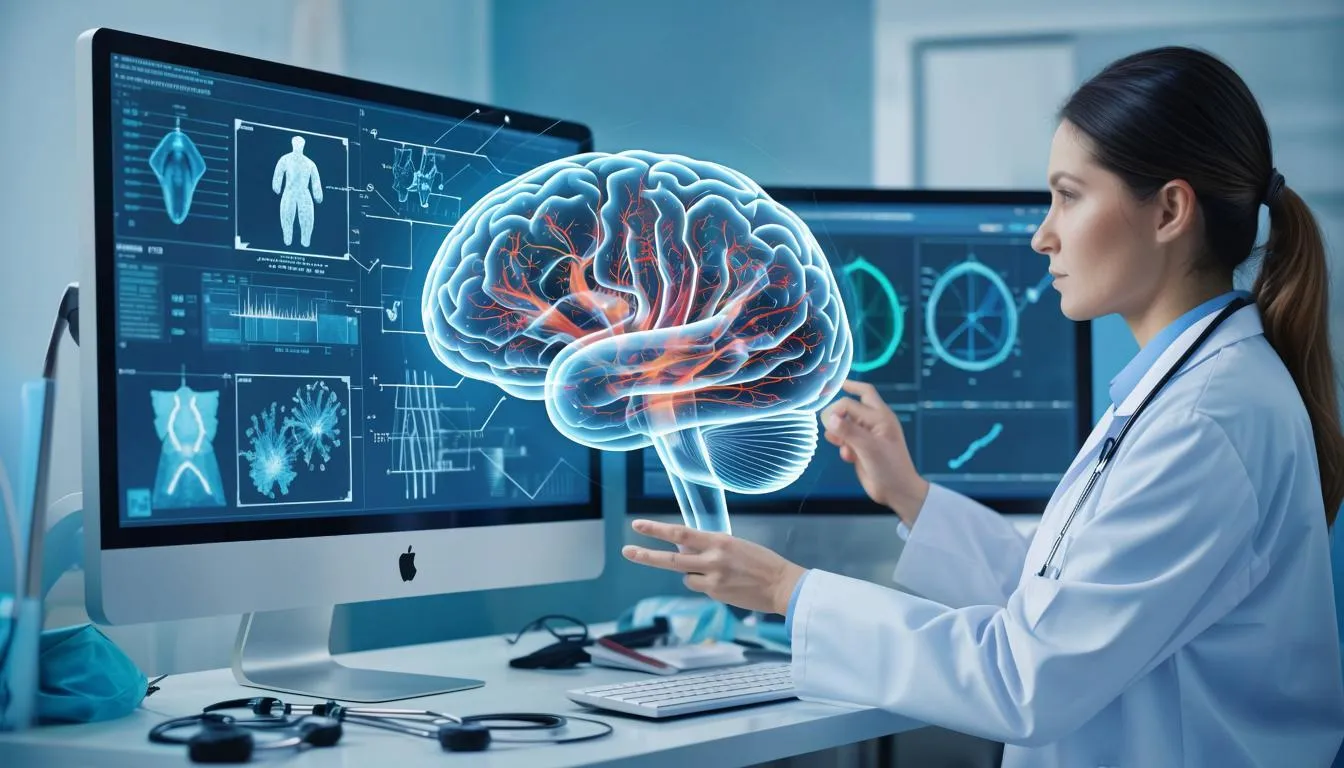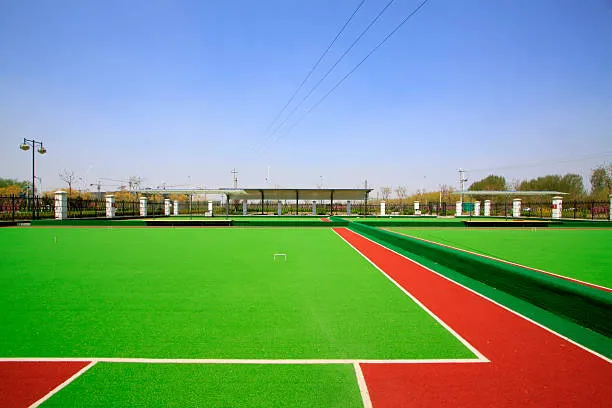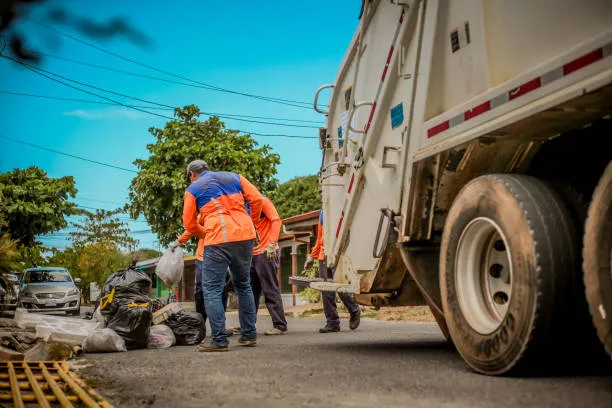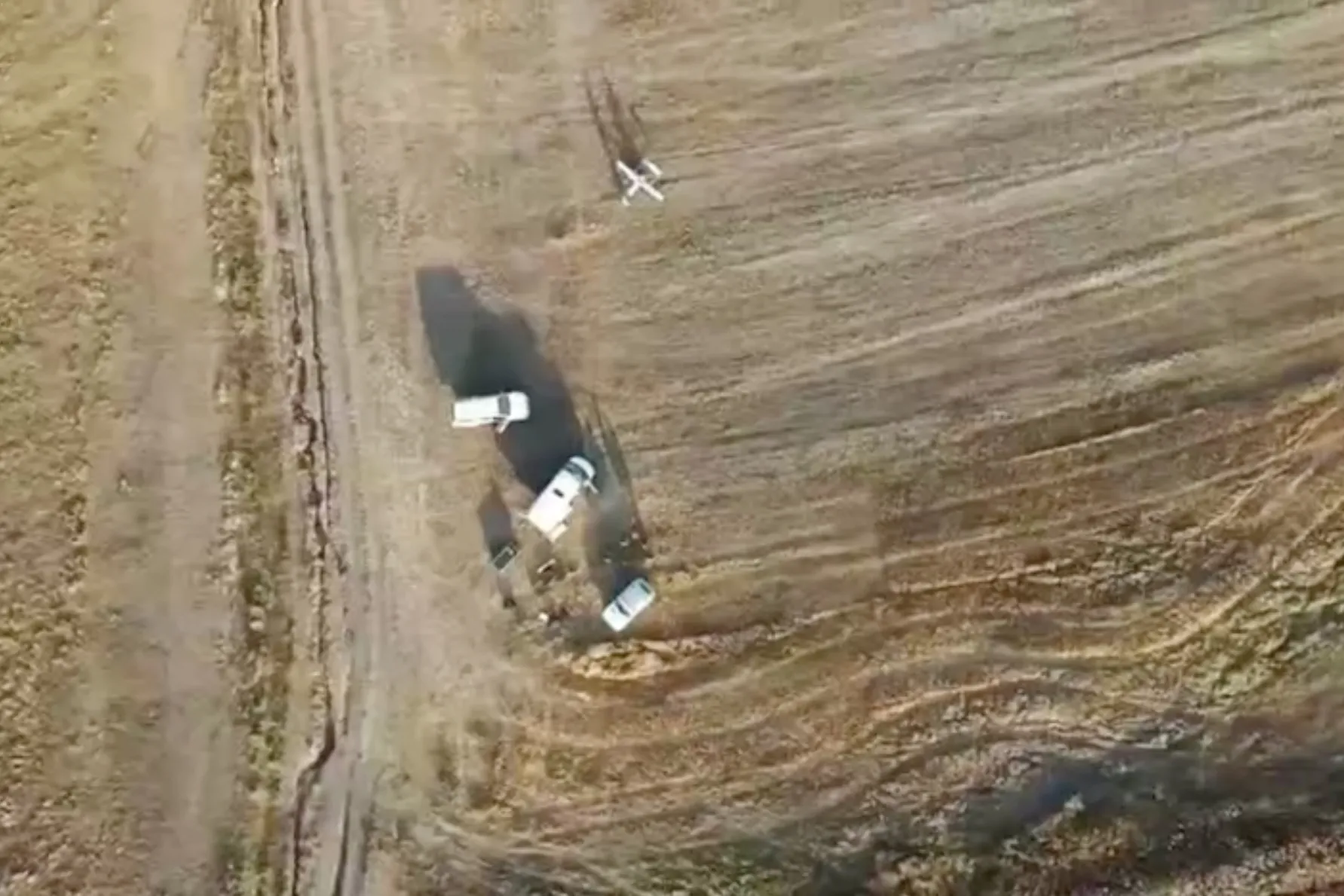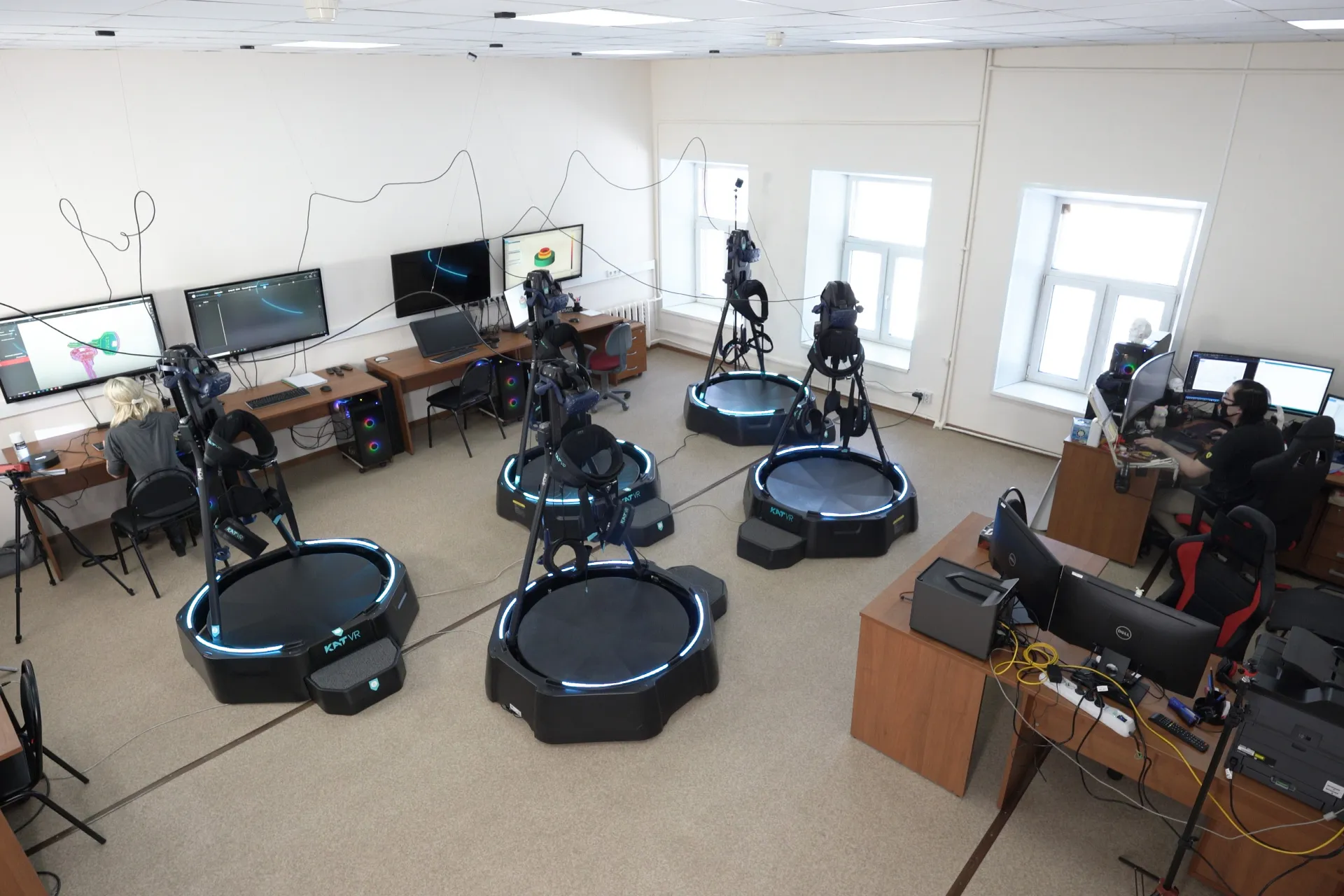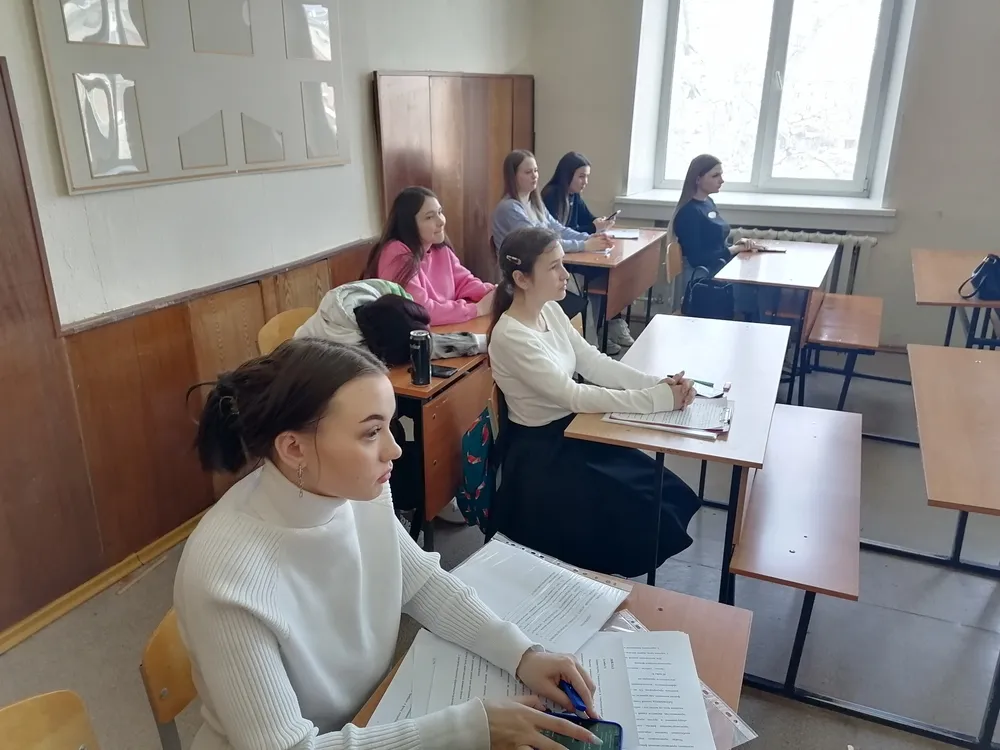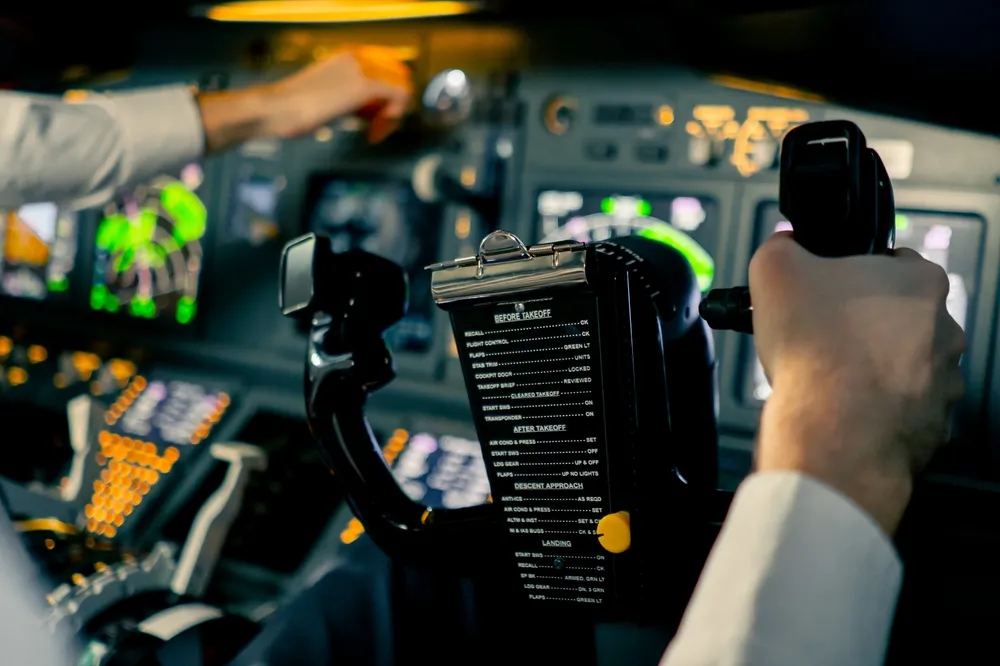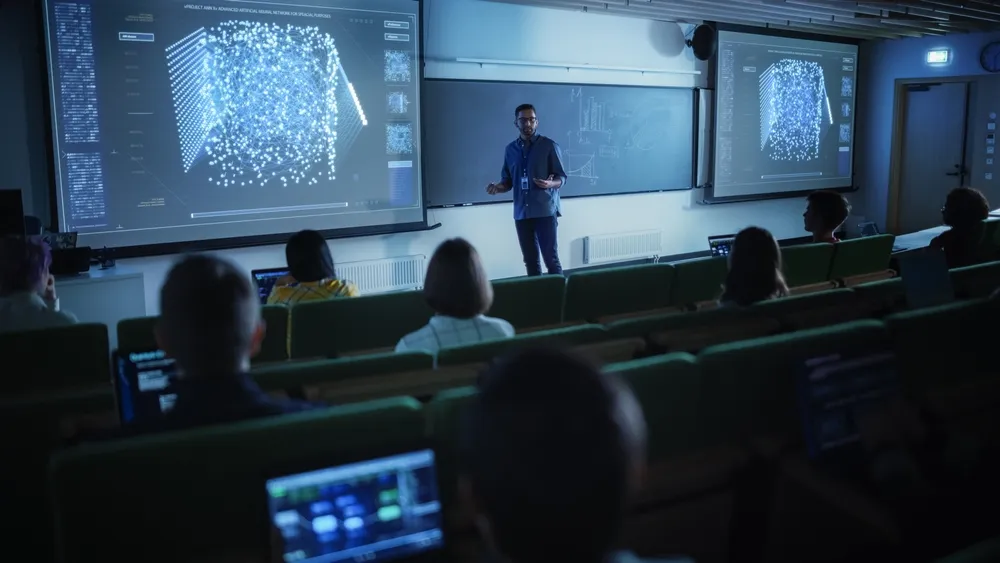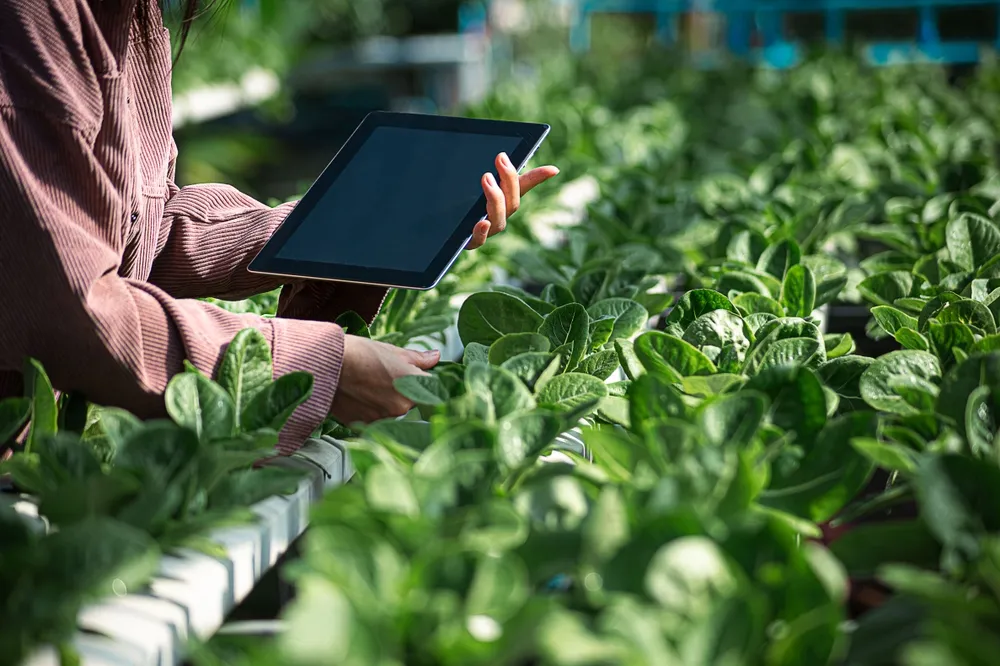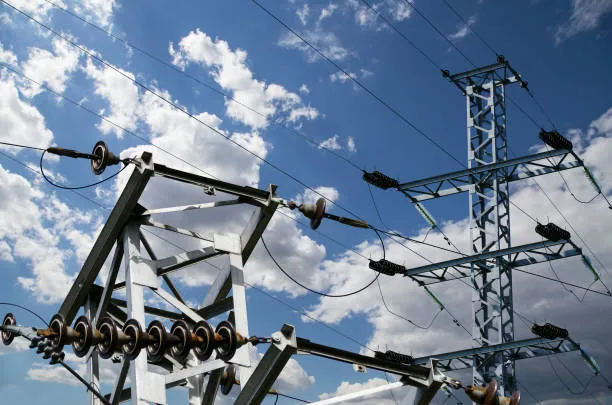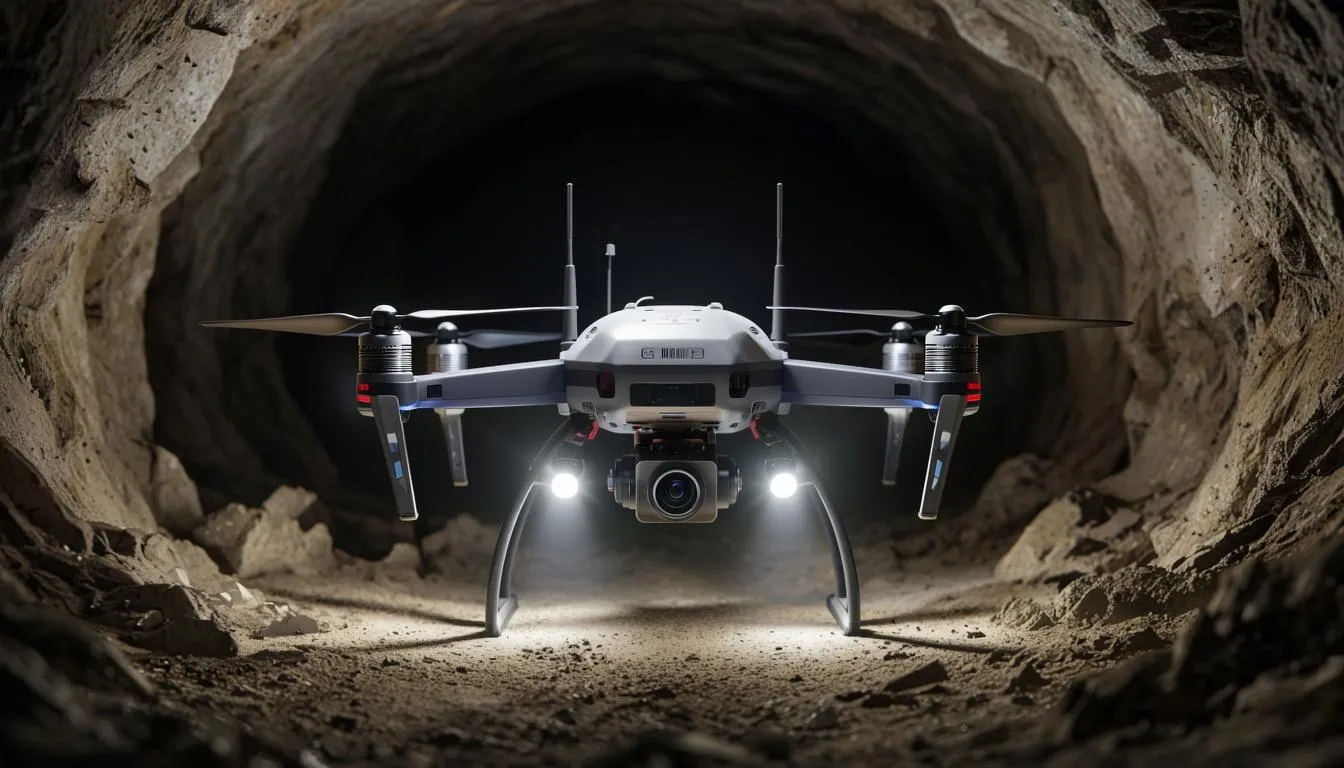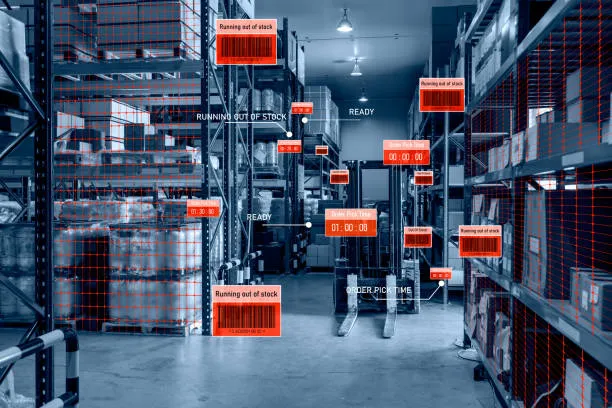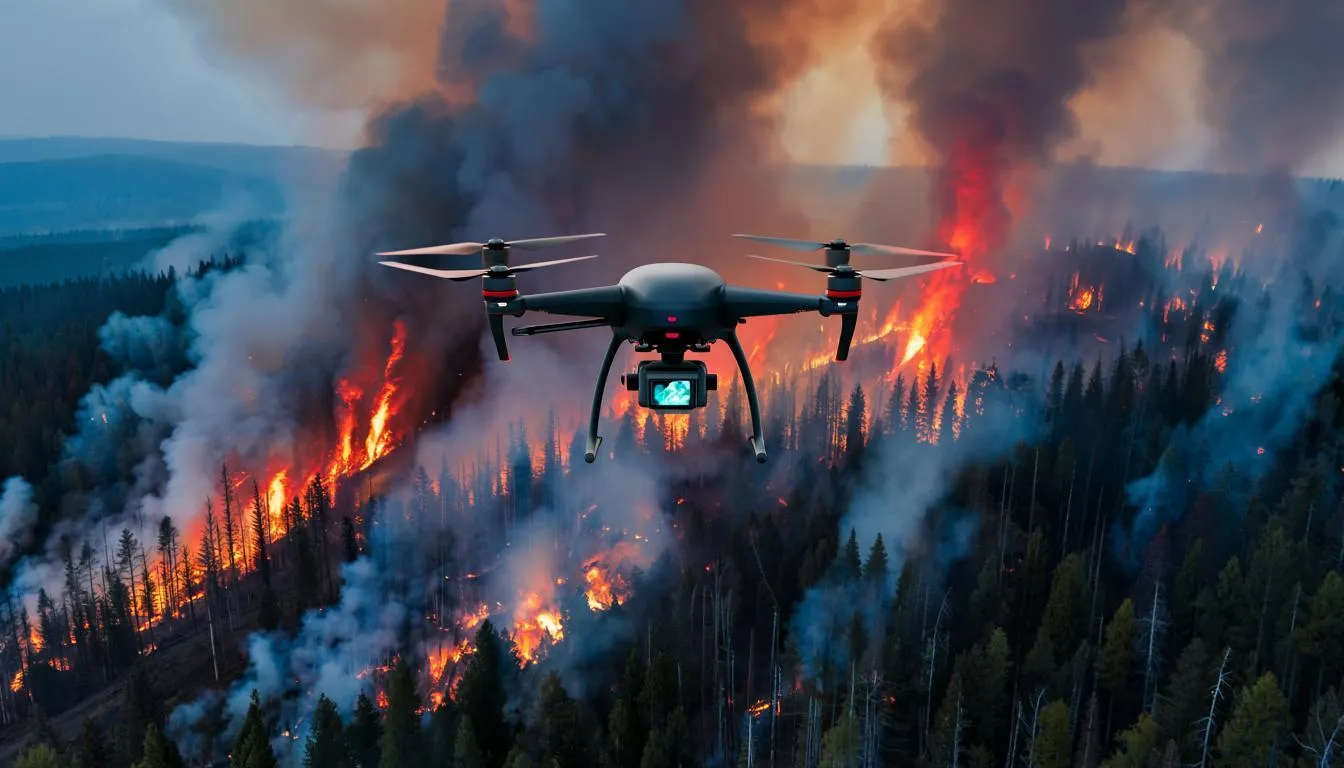Russian Engineers Develop AI Model to Predict Ground Subsidence With Record Accuracy
A new AI-powered model developed by engineers at RUDN University predicts ground subsidence in arid regions with 95.7% accuracy — helping protect agriculture, infrastructure, and food security worldwide.
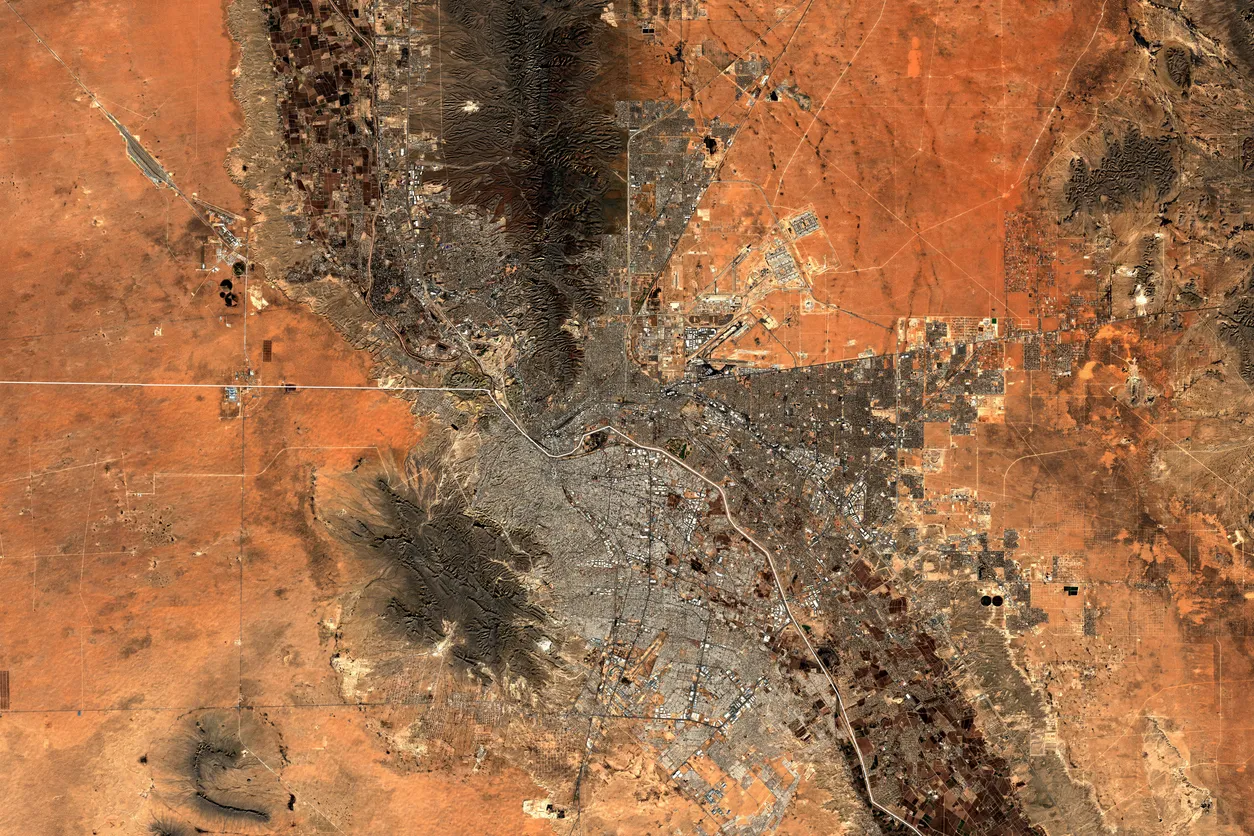
Engineers from the Peoples’ Friendship University of Russia (RUDN) have created a highly accurate model to predict ground subsidence in drought-prone areas. Combining artificial intelligence with metaheuristic optimization, the system achieves 95.7 percent accuracy, allowing early identification of risks to agriculture, roads, and buildings.
The innovation is not only critical for Russia but also for countries facing desertification and water scarcity, contributing to global food security efforts.
The model addresses one of the most serious environmental issues in arid regions — the gradual sinking of land, known as subsidence. This phenomenon is often caused by excessive groundwater extraction for irrigation and is worsened by climate change. Traditional forecasting methods typically failed to account for the wide range of contributing factors.
According to Russia’s Ministry of Science and Higher Education, the RUDN team developed a two-stage prediction system. The first stage uses machine learning to analyze historical data, while the second applies metaheuristic optimization to fine-tune the model. One experimental version, inspired by the hunting behavior of pelicans, produced the most accurate results.
To train the model, scientists used several years of Sentinel-1 satellite imagery, identifying more than 200 points of land subsidence. Seventeen key variables were analyzed, including terrain, geology, well density, and vegetation cover. Project participant Vladimir Razumny, PhD in Engineering, explained: “Our analysis shows that well density is the main risk factor. Active groundwater extraction is the primary human cause of subsidence. Other major contributors include elevation, proximity to fault lines, and vegetation requiring irrigation.”
This breakthrough opens up new opportunities for the digital transformation of agriculture and sustainable land management. It will help develop smarter water resource strategies, assess risks to critical infrastructure, and enable data-driven territorial planning for long-term resilience.


